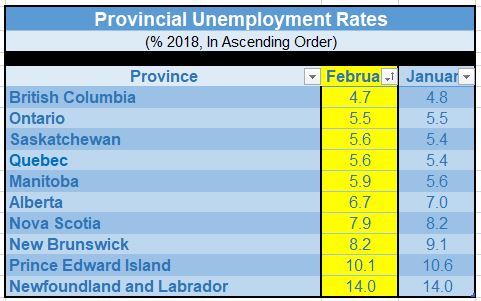Another awesome blog from a friend and colleague … check it out
Reverse mortgage – Some common misconceptions
 The words reverse mortgage carry some negative connotation. What does it really mean? What makes reverse mortgage different than a regular or demand mortgage in Canada? There are no payments required if 1 applicant lives in the home. Payments can be made if they wish, they are truly optional.
The words reverse mortgage carry some negative connotation. What does it really mean? What makes reverse mortgage different than a regular or demand mortgage in Canada? There are no payments required if 1 applicant lives in the home. Payments can be made if they wish, they are truly optional.
No medical required and limited income and credit requirements.
Clients can receive up to 55% of the value of their home in tax free cash, depending primarily on their age, property type as well as location.
COMMON MISCONCEPTIONS & OBJECTIONS:
I heard they were restrictive and bad for seniors.
Much of the negative press around reverse mortgages originated out of the U.S. The rates, fees, and restrictions are quite different from what is offered in Canada. The reverse mortgage providers in Canada follow the same chartered bank rules as other major lenders.
The bank will own my house.
This is only a mortgage; the title and deed remain in the client’s name. The owner will not be asked to move, sell, or make payments for as long as at least 1 applicant lives in the property.
I’ll lose all my equity.
The maximum the lender can finance is 55% of the value of the home. The average advance is more like 35% of the value, leaving ample equity to fall back on. If the real estate market increases at an average of about 2% to 2.5% per year over time, clients will find their home value increasing just as much over time as the balance owed.
The costs are too high.
The closing costs are the same as a regular mortgage, approximately $1,800, includes the appraisal and lawyer fee.
A line of credit is better and cheaper.
A line of credit is a great solution for someone with good credit, cash flow and most importantly someone with a regular income.
I paid off my mortgage, I don’t want more debt.
Leveraging money from your home is not debt. It’s the equity accrued over the duration of ownership. Only the interest is debt.
Why are the rates higher than a regular mortgage?
Other lenders can lend out money at lower costs. This is because they have other services to sell the client to help recoup their cost. The regular mortgages also require a regular repayment frequency; thus, the lender is constantly receiving funds back to re-lend.
I heard they have high penalties and you can’t get out very easily.
This is well suited for seniors looking to keep the reverse mortgage in place for 3 or more years. There might be other solutions for a timeline that is shorter. Penalties are always waived upon death of the last homeowner. Penalties are reduced by 50% if selling and moving into a care facility.
I don’t need money very much so it’s not worth it.
The newest program offered is called Income Advantage. It allows clients to access money on their own timeline, when they need it or a pre-determined auto-advance. Borrower only pays on the amount advanced. The minimum advance required is $25,000.
If you’d like to talk to see if a reverse mortgage is a good fit for you, please don’t hesitate to reach out to a Dominion Lending Centres mortgage professional.







